Beautiful natural rock beaches for virtual check-in
- Sunday, Jun 15, 2025, 09:26 (GMT+7)
Beautiful natural rock beaches for virtual check-in
Natural rock beaches are not usually top of mind when planning a trip. But for young travelers with a love for unique views and camera-ready angles, these places have quietly become cult favorites. They are where time, light, and landscape meet to create surreal scenes that look like they were designed just for the lens. Unlike crowded tourist spots, these beaches offer space, character, and moments of silence that turn every photo into a visual story.
Finding these rock beaches is not just a journey. It is a hunt for textures and shapes. From volcanic stone fields along the central coast to moss-covered boulders that emerge only at certain tides, each location offers a natural photo studio that feels exclusive and full of personality.
One of the most fascinating examples is the little-known rock beach in Phu Yen. Often compared by travelers to a quiet version of Ganh Da Dia, this spot has thousands of dark basalt columns layered in perfect patterns. It feels as if nature carved them by hand. The best time to capture the scene is early morning when sunlight skims the rock surfaces, creating shadows and soft contrasts. For those who want to stand out in photos, wearing light shades like white or soft blue is a smart choice. These colors contrast beautifully with the dark tones of the stones.
For a mystical and peaceful setting, the mossy rock beach in An Loc Vinh, Ba Ria Vung Tau is a seasonal treasure. It only appears for a short period early in the year, when the climate allows thick green moss to cling to the rocks. The magic happens during sunset hours when golden light hits the moss, creating an emerald glow. But be careful. The moss is very slippery. Many travelers have lost their balance just from rushing too close to the edge. It is best to wear shoes with soft grip and avoid quick movements.
Co Thach rock beach in Binh Thuan is a feast of color. Each stone appears like a polished gem, changing shades under different light. The most vivid scenes show up during soft lighting conditions such as cloudy mornings. This keeps the glare down and makes the natural tones stand out. A circular polarizer can help reduce water reflections and bring out stone textures. The result is a photo that looks like it came from a dream.
In Binh Dinh, Lo Dieu rock beach hides away from the main tourist paths. Though smaller in size, the rock formations are striking. Some look like small volcano craters, others like rice terraces made of stone. The red-orange hue of the rocks contrasts nicely with outfits in cool tones such as light gray or mint green. Mornings are best for photos here. The wind can be strong so a sturdy tripod is highly recommended for clear and stable shots.
Northern Vietnam also has its hidden gems. During dry season, Ba Be Lake reveals underwater rock layers that look like natural steps. The reflection on the calm lake creates symmetry that is perfect for romantic or artistic photos. However, early morning fog can blur your lens. A dry cloth is a must. Some experienced photographers even use the fog to create a soft dreamy effect that adds mood to their images.
At the Nho Que River in Ha Giang, towering rock walls rise beside jade green water. It might seem too rugged at first, but this place is one of the most sought after by wedding photographers. When sunlight breaks through the cliffs, it creates strong highlights and dramatic contrast. But caution is essential. The terrain is uneven and rocky. Always go with someone who can assist you when climbing or posing near steep edges.
Planning your outfit and equipment makes a big difference. Most rock beaches have natural tones like gray brown black or moss green. Wearing solid colors helps you blend in or stand out, depending on your goal. To stand out, bold colors like wine red mustard yellow or deep blue work well. Keep accessories simple. A wide hat or light scarf is enough to create visual balance. For photographers, bring a waterproof mat and stable shoes to stay safe and comfortable.
Tides and weather are important. Some rock beaches only show at low tide and become dangerous when wet. Check the local tide chart and watch the weather for at least two days before your visit. Avoid risky conditions just to chase a photo.
Timing is also key. Sunrise and sunset provide the best light but also attract the most visitors. If you want clear space for your shot, come earlier or wait until the crowd leaves. Experienced photographers often arrive before dawn to capture light and peace before the day begins.
What really makes your photo unique is perspective. Explore different angles. Try crouching close to the ground or climbing for an overhead view. Use reflections from water or experiment with black and white settings. It is these creative choices that make your image feel personal and timeless, even if the location is popular.
Natural rock beaches do not need filters. Their raw beauty and quiet charm speak for themselves. Each shape and texture tells a story carved by nature. For those who crave originality and calm moments with the camera, these are not just check-in spots. They are unforgettable chapters in the journey of finding meaning through travel and art.

 CHECKIN.VN
CHECKIN.VN

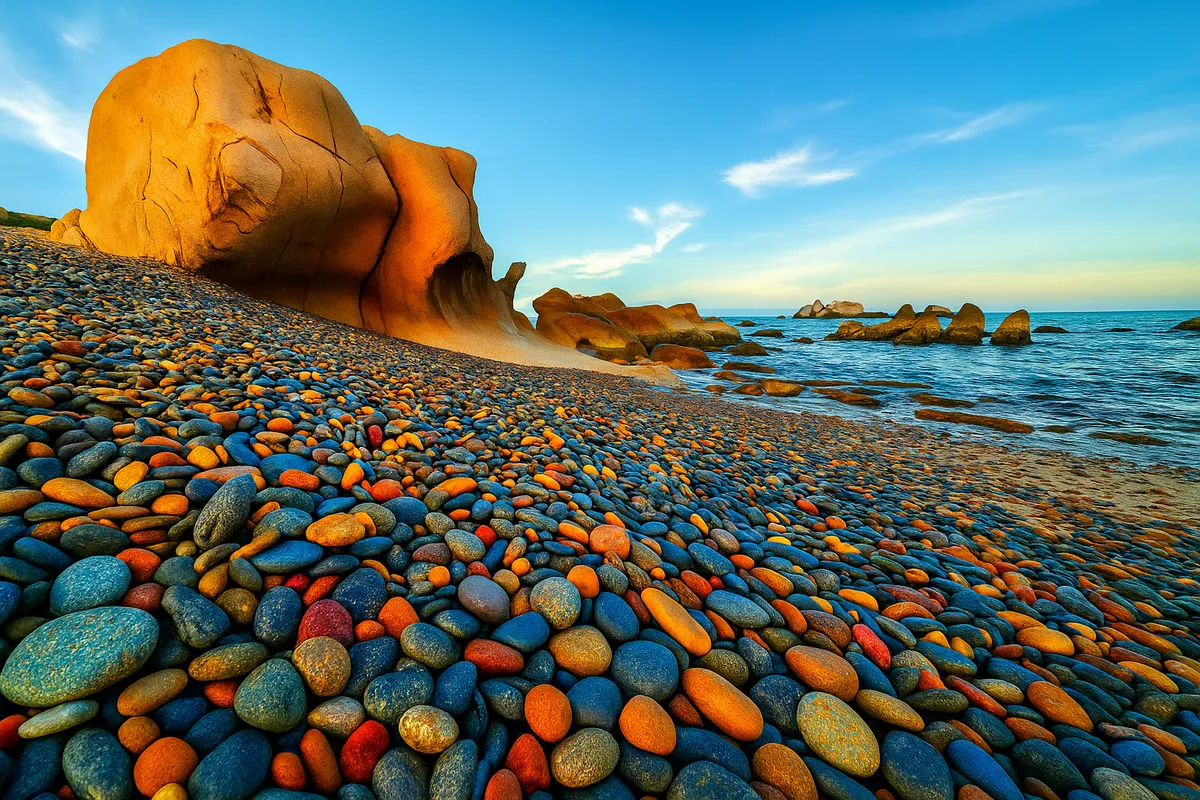
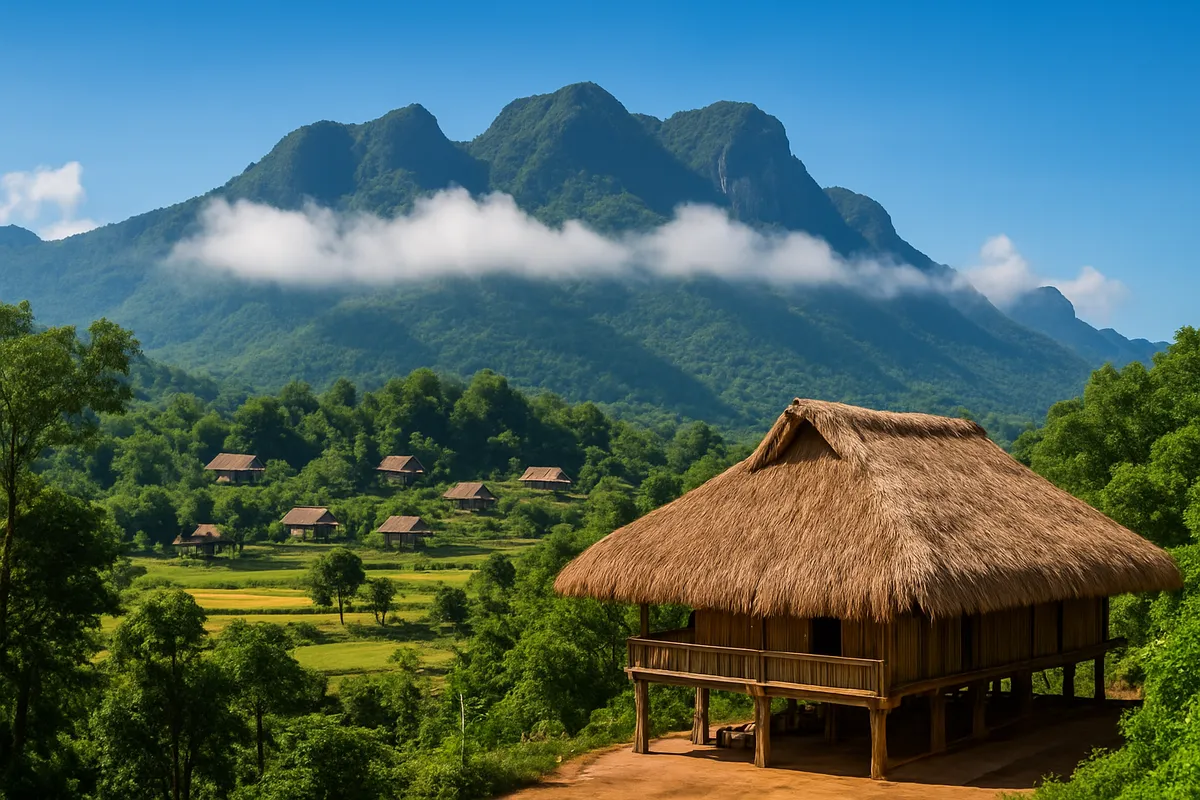

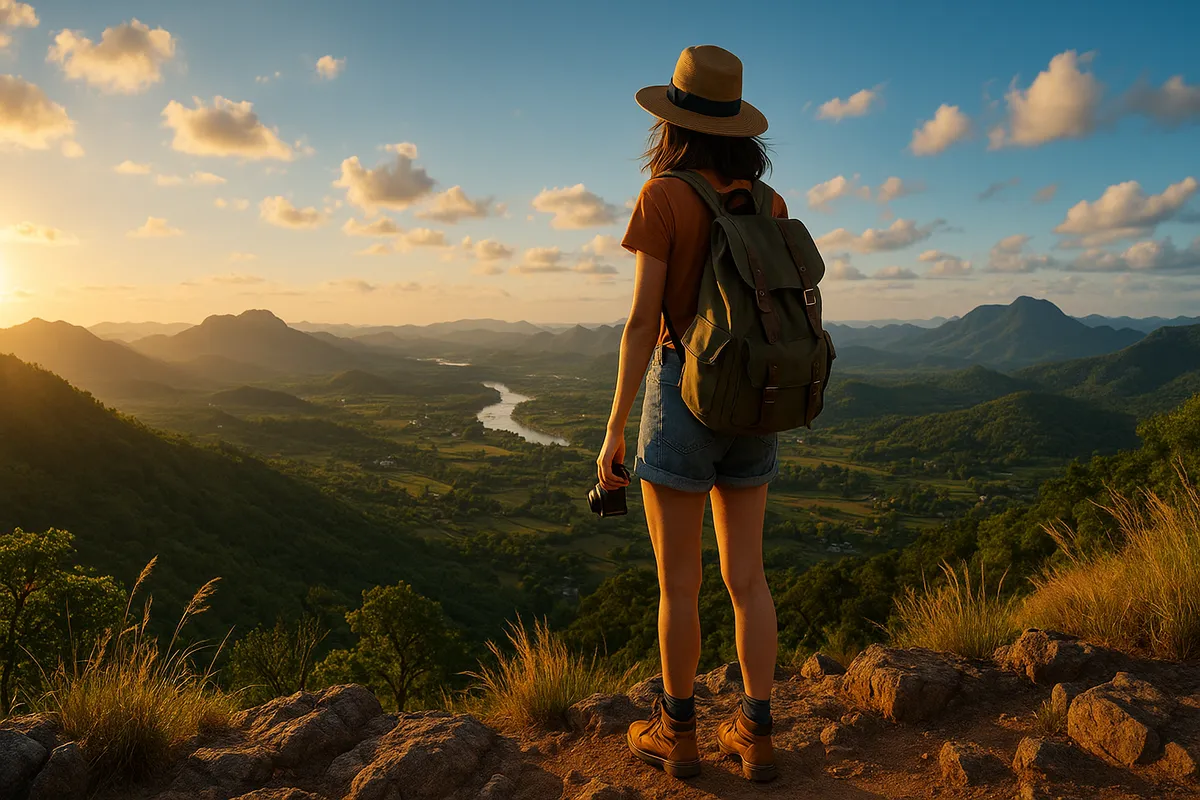

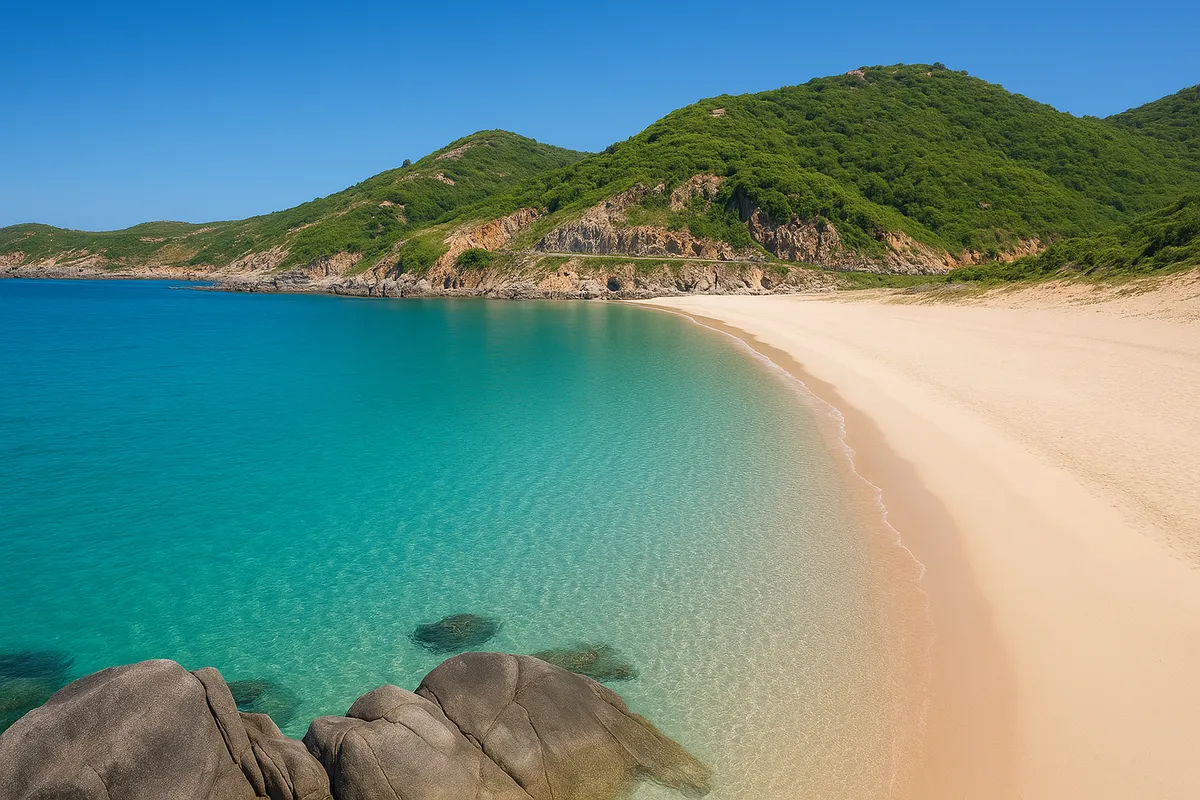
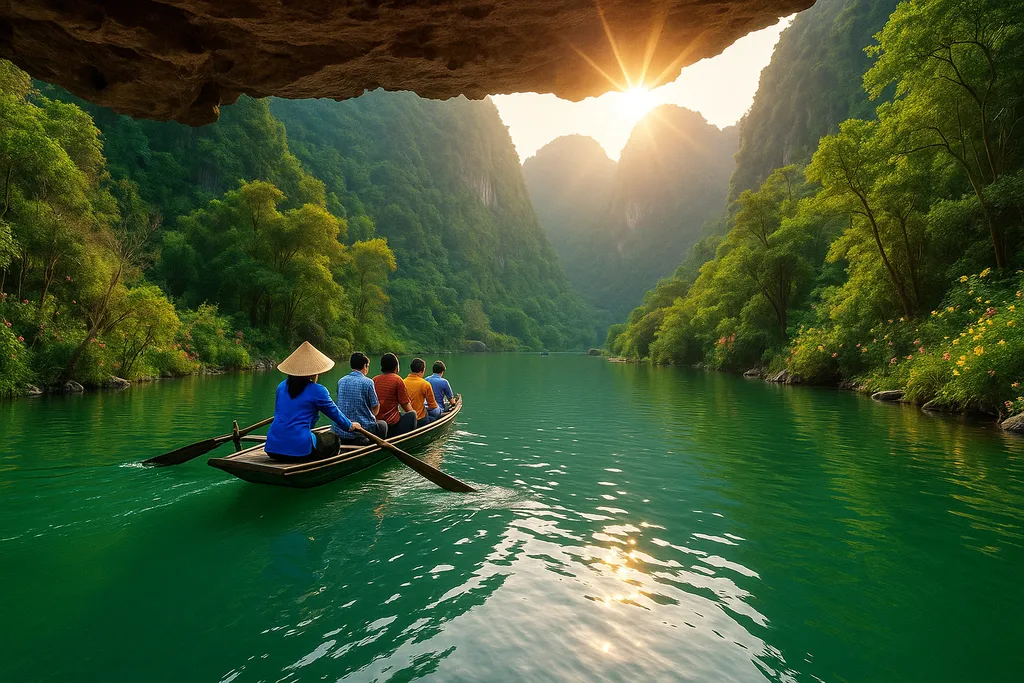
Share on